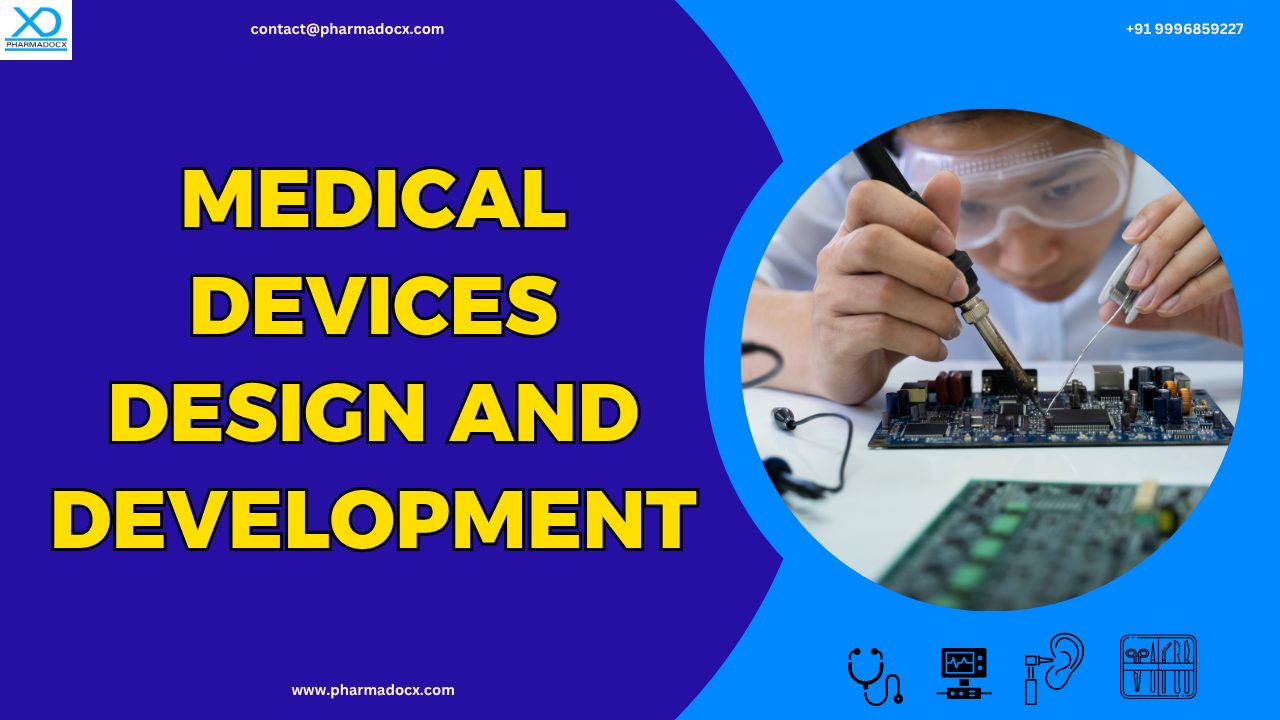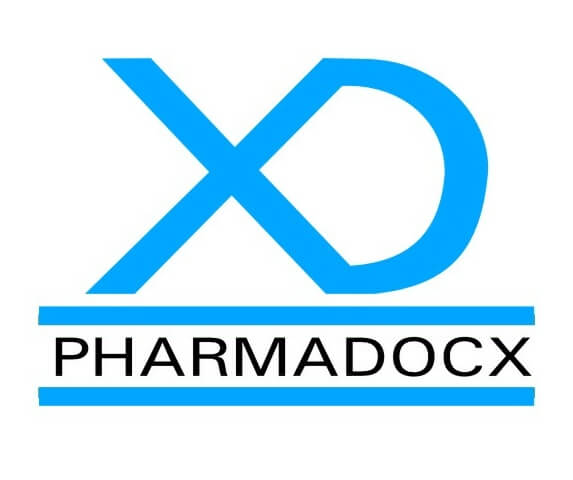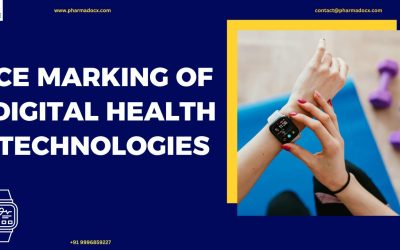Medical devices design and development is an intricate procedure with multiple parameters to keep in mind. Moreover, medical devices are strictly regulated. Hence, regulatory compliance should be at the core of the design and development process. ISO 13485:2016 guidelines provide a robust framework for the design and development of medical devices. It prioritises device safety and efficacy. These guidelines have been formulated to help avoid design flaws, ensure regulatory compliance, and deliver high-quality medical devices. A well-planned design and development process will eventually help manufacture medical devices that meet regulatory, market, and patient needs.
Medical devices design and development: 11 Key points to keep in mind
- User needs and intended use: It is important to understand the intended use of the medical device early on. Will the device be used for diagnosis, treatment, or monitoring? This will shape the medical devices design and development process. Additionally, identify the target patient population, environment of use, and clinical context. Moreover, identify any unmet clinical needs that will decide the design and development of your medical devices.
- Feasibility and planning: Understand the device feasibility and plan your device accordingly.
- Regulatory requirements: Regulatory compliance is a mandatory requirement for medical devices to ensure the safety of its users. It is important to clearly understand the regulatory requirements for your medical device. First, determine your target market that will determine the regulatory pathway (US FDA, CDSCO, EU MDR, SFDA, etc.). Then, identify your device classification that will decide the regulatory approval pathways. Finally, design your medical device per regulatory requirements to ensure regulatory compliance from the very onset.
- Design controls and documentation: Maintain a robust design history file. This is vital for traceability. Document user needs, design inputs, design outputs, and verification and validation. Furthermore, validate software components, especially for SaMD or wearables.
- Human factors and usability: Simulate real-use scenarios for the medical device with diverse user groups. For digital health devices, keep accessibility and cognitive load in mind.
- Cybersecurity: Medical devices may contain critical and sensitive patient information. Hence, cybersecurity, data integrity, and data protection are of paramount importance. Implement secure-by-design principles while developing your medical devices. Furthermore, comply with regulatory guidelines for cybersecurity.
- Verification and validation: Medical device design verification will ensure the device was designed correctly. Medical device design validation will ensure the right device was designed and will work as intended in real-life use. Medical device design verification and validation will include usability testing, bench tests, and may even include clinical evaluations.
- Manufacturing and supplier qualification: Manufacturing and supplier qualification are important components of the medical devices design and development process. Design for manufacturing considerations are required to reduce cost and complexity. Medical device raw materials will determine the quality of the final product. Hence, it is important to qualify suppliers under your QMS and monitor them via audits and KPIs. Furthermore, anticipate production scale-up and global distribution needs. Your supplier and manufacturing process should be ready to scale up as per your needs.
- Labelling and instructions for use (IFU): Medical devices have to be properly labelled. The instructions for use should be clearly mentioned along with any warning and precautions. Notably, those medical devices to be used by patients themselves without medical supervision should have proper labelling. Hence, regulatory guidelines have formulated requirements for proper medical device labelling.
- Sustainability and innovation: Sustainability and innovation should be at the core of your design and development process. Try to use reusable and recyclable materials for eco-conscious medical device design. Also, try to incorporate emerging technology, such as AI/ML, biosensors, flexible electronics, in your device. Prioritise unmet needs and long-term health system shift trends while developing your device.
- Post-market surveillance: Evaluate real-world performance and user feedback for the medical device. Keep tab on product recalls, adverse event reporting, and opportunities for design iteration.
ISO 13485:2016 guideline requirements for medical devices design and development process
- Medical devices design and development: The medical devices design and development
is a crucial phase. The intended use, goal, and target patient population are used to define the development process. Risk management should be integral of the design and development phase. Moreover, effective planning helps prevent unnecessary delays. - Design and development inputs: The design inputs should include intended use, customer requirements, usability, physical attributes, risk controls, safety factors, regulatory standards, etc. High-quality inputs are vital for producing a successful design.
- Design and development outputs: The design outputs should include specifications for components, raw materials, and the final device. The manufacturing process guidelines, quality assurance procedures, and regulatory documentation have to be included. A well-documented design history file is required to demonstrate the design has been verified and validated.
- Documented procedure: Establish and maintain a documented procedure that outlines the logical phases of the design and development process. Clearly define responsibilities, activities, and approval authorities for a well-organized process.
- Design verification: Verification ensures design outputs meet the specified input requirements. Testing, inspections, calculations, and document reviews are some of the commonly used verification methods. Verification is a mandatory step of the ISO 13485:2016 guidelines for the medical devices design and development process.
- Design validation: Design validation is performed after verification. It ensures the medical device meets end-user requirements. Validation is performed on initial production lots. It involves testing the device in simulated conditions. Proper records of design validation are crucial for compliance with applicable guidelines.
- Design and development files: A comprehensive design and development file has to be maintained for each medical device. It should record verifications, validations, reviews, and any changes made during the process.
- Design transfer: The transition from medical device design to manufacturing must be carefully recorded. This involves ensuring the design can be successfully translated into manufacturing and large-scale production.
- Design change controls: Medical device design changes may be required at any stage. The design changes should be reviewed, verified, validated, and approved prior to implementation. Moreover, these design changes should be controlled through a properly documented process.
6 Challenges faced while designing and developing medical devices
- Navigating complex regulatory landscapes: Medical devices are stringently regulated. Hence, regulatory compliance has to be incorporated from the medical device design stage. Different regulatory guidelines have slightly varying regulatory requirements. Moreover, regulatory guidelines can be exhaustive. Hence, it is challenging to keep all these guidelines in mind during the medical devices design and development process.
- Risk-benefit uncertainty: Balancing innovation with patient safety is of crucial importance in the medical device sector. In certain cases, predicting risks that may emerge from real-world use may be difficult during controlled environment simulations.
- Usability and human factors: Conduct meaningful usability tests of the medical device that reflects real-world conditions. The medical device design interface should be intuitive for patients and clinicians with varying level of tech literacy. The device design has to be user friendly, especially for those intended for direct patient use without professional supervision.
- Supply chain vulnerabilities: Raw material requirements and availability of suppliers have to be well thought out while designing the device. Qualifying and auditing suppliers are QMS requirements. Notably, supply chain disruptions can disrupt the medical device manufacturing process.
- Scaling production without compromise: What may be feasible in the design prototype level may not be feasible at the large-scale production level. Transitioning from prototyping to scalable manufacturing while maintaining design integrity can be challenging. Additionally, maintaining consistent quality as production scale increases can also be challenging.
- Sustainability and environmental expectations: Integrating green design without exceeding cost targets is a tough task during medical device design process. Managing the lifecycle of disposables, batteries, and e-waste amid tightening regulations can be challenging while planning the design of the medical device.
Pharmadocx Consultants: Helping you easily navigate your medical device regulatory journey
In this blog, we have discussed the key points to remember during the medical devices design and development process. Additionally, we have highlighted the ISO 13485:2016 guideline requirements. Moreover, we have discussed some of the challenges faced while designing and developing medical devices. For tips to overcome the challenges or any regulatory queries, feel free to drop an email at [email protected] or call/Whatsapp on 9996859227.





